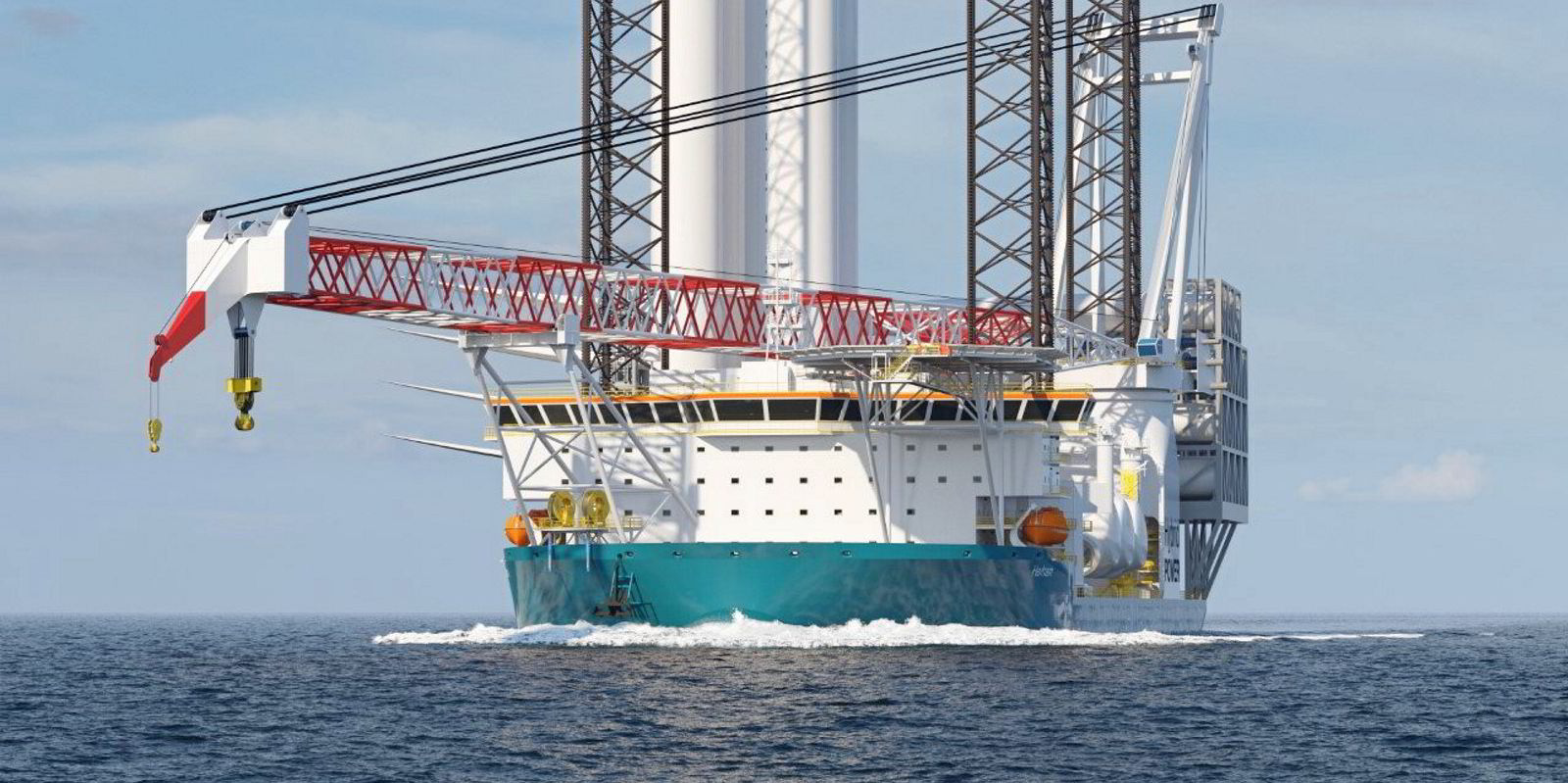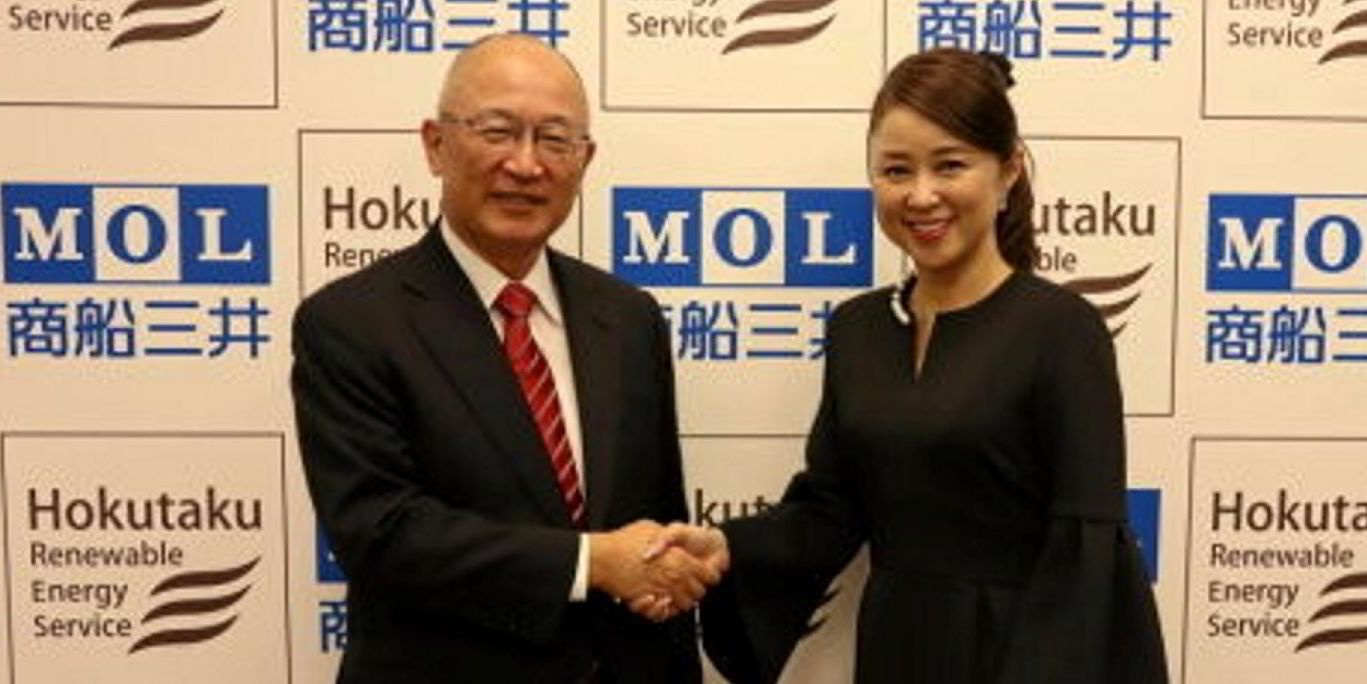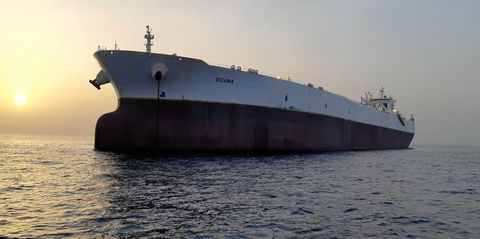Clear challenges in the offshore wind sector are limiting newbuilding orders, but ship rates continue to rise.
Clarksons Research said inflationary pressures hit the industry last year.
But managing director Steve Gordon said the sector showed some resilience as new project investment reached a record high globally of $59bn, representing 19.8 GW of new capacity.
“2023 proved to be a turbulent year for the offshore wind sector as it faced inflationary pressures,” he added.
“The viability of at least 13 GW of planned capacity in the US was impacted, with 9.7 GW of offtake contracts cancelled or at risk of being cancelled, while circa 7 GW in the UK was impacted.”
Ship markets remained tight, with wind turbine installation vessel (WTIV) and walk-to-work commissioning service operation vessel (CSOV) day rates rising 30% year on year.
The latest WTIVs averaged $277,500 per day, up from $210,600 the year before.
European WTIV utilisation averaged a robust 93% during the peak season on the back of firm installation demand.
With the European WTIV market expected to tighten further in the coming years, several charterers have booked fourth-generation units at rates reportedly above €300,000 ($328,500) per day, 30% up from the start of 2023, according to Clarksons.
Multipurpose service vessels returned to the revived oil and gas sector, putting pressure on the CSOV market.
In Europe, the rate assessment for a 40-plus-passenger ship peaked at €56,000 per day in the second quarter, up 27% from 2022.
Ordering wave continues for CSOVs
The ordering wave for these ships also continued, with 23 units contracted.
This followed a record 24 in 2022 and represented $1.5bn of investment, up 7% year on year.
European owners placed 19 of these orders.
There was also firm ordering activity in the cable-layer sector, with seven added to the backlog.
But WTIV ordering eased back in 2023: only five ships were contracted, down from 30 in 2022.
Sentiment for ordering in China softened following a record 26 orders in 2022. There were also concerns from owners over increasing turbine sizes and project delays.
Gordon believes the long-term outlook for growth in the sector remains positive, however.
By 2050, offshore wind could account for between 7% and 10% of the global energy mix, up from 0.4% today, he said.





